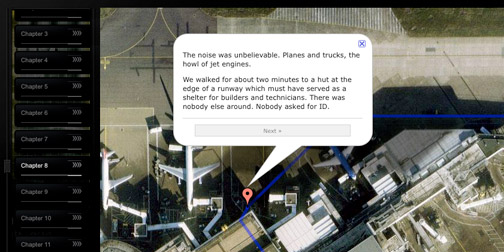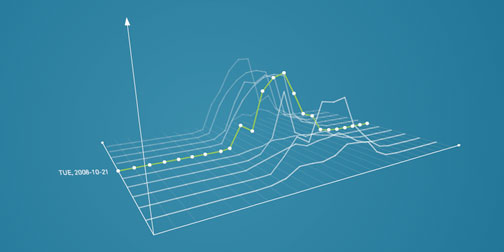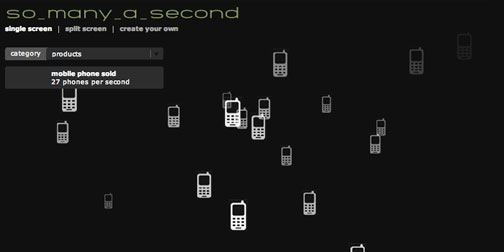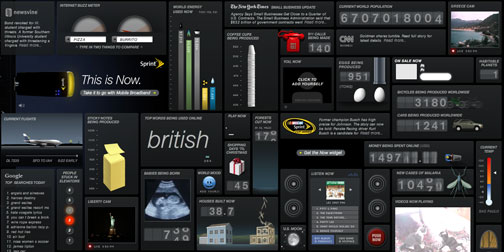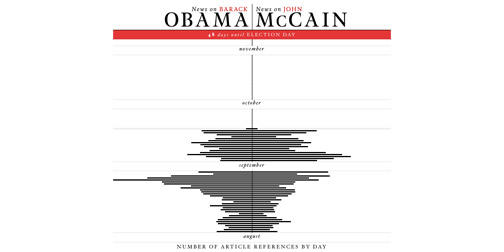Daytum for iPhone
/I love my Windows Phone, and there is not a lot of things that make me miss my iPhone, but this Daytum App is one of them (Please make a Windows Phone version!). It feels like this app has been a long time coming. Daytum helps you collect, categorize and communicate everyday data. When easier to collect information, than as it happens?






